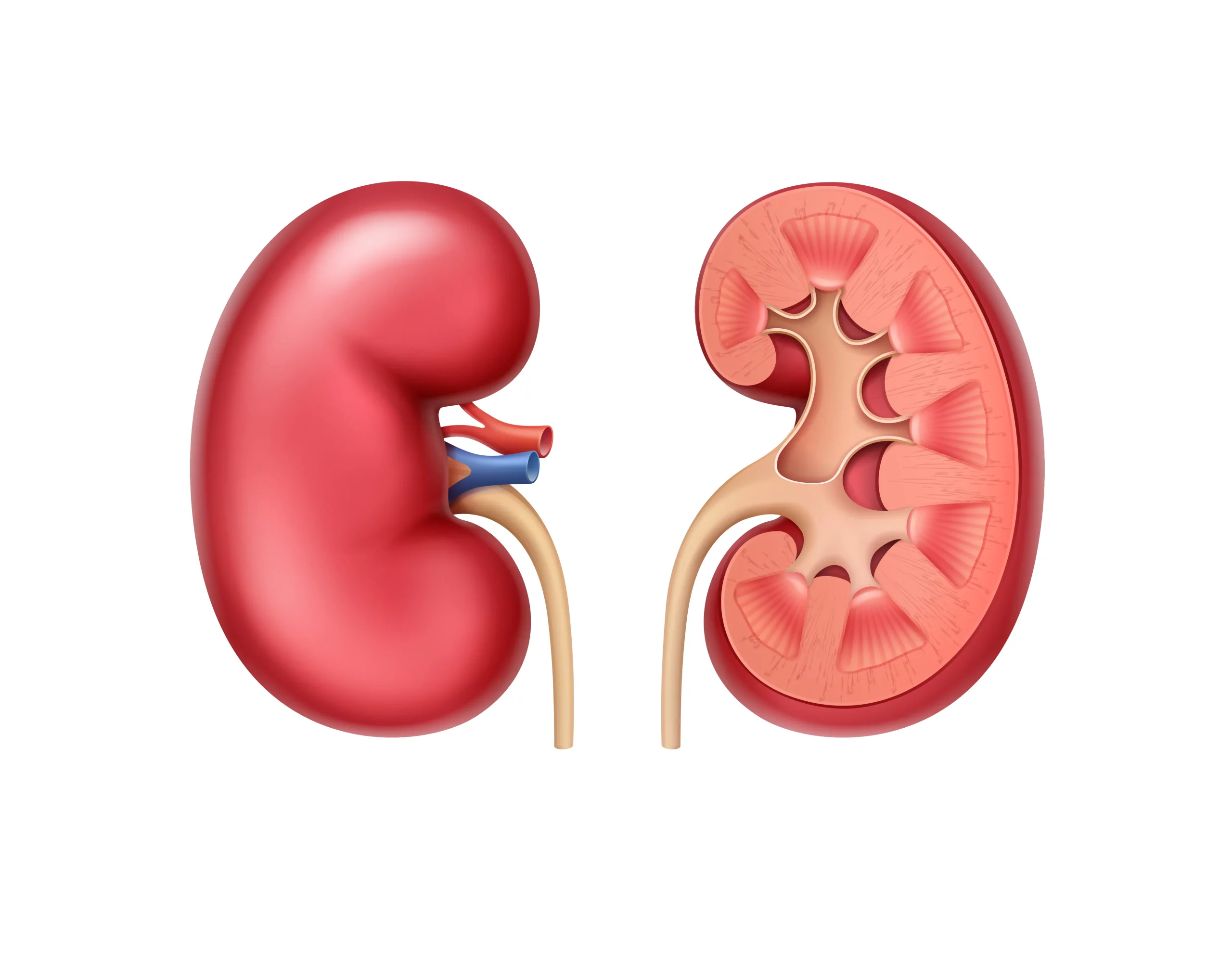Keywords
1. Renal Artery Doppler
2. Adverse Neonatal Outcomes
3. Cerebral Placental Ratio
4. Fetal Growth Restriction
5. Perinatal Doppler Ultrasound
Introduction
Adverse neonatal outcomes are a grave concern in perinatal medicine, encompassing a wide range of health issues that can affect newborns. Identifying fetuses at risk during pregnancy enables clinicians to provide targeted interventions, potentially improving the chances of a healthy delivery and neonatal period. In a landmark study published in ‘The Journal of Maternal-Fetal & Neonatal Medicine’, a team of researchers led by Stephen S. Contag and colleagues presented compelling evidence on the effectiveness of renal artery Doppler, compared with the cerebral placental ratio (CPR), in predicting the risk for adverse neonatal outcomes.
Background of the Study
Fetal growth restriction (FGR) is a condition where a developing baby is not reaching its genetically predetermined potential size. FGR is associated with a range of adverse outcomes including stillbirth, neonatal morbidity, and mortality. Traditionally, the cerebral placental ratio (CPR) has been utilized as a non-invasive method for predicting fetuses at risk. CPR is a calculation based on the Doppler ultrasonography measurements of the pulsatility index (PI) for the middle cerebral artery (MCA) and the umbilical artery (UA). However, recent developments have suggested that assessing the renal artery with Doppler ultrasonography may provide additional insights into fetal well-being.
Methodology of the Research
The study focused on a prospective cohort drawn from populations served by two major medical School institutions, adopting a robust research methodology. It compared renal artery Doppler’s ability to identify fetuses at risk for adverse outcomes with that of the cerebral placental ratio. Significant statistical analysis was applied to the collected data to ensure the reliability and validity of the findings.
The researchers employed renal artery Doppler and Doppler ultrasound, focusing on indices such as the pulsatility index. These measures were compared to the cerebral placental ratio in a cohort of pregnant women to ascertain which method provided a more accurate prediction of fetal risk.
Key Findings from the Study
The research findings indicated that the renal artery Doppler provided substantial data that could identify fetuses at a heightened risk of adverse neonatal outcomes, compared to the cerebral placental ratio. The specificity and sensitivity of the renal artery Doppler findings were highly indicative of a reliable screening tool.
While the CPR remained a useful tool, the addition of renal artery Doppler appeared to enhance the predictive capability of the healthcare practitioners. This could be due to the renal artery’s sensitivity to fetal hypoxia or other metabolic stressors not directly detectable by assessing CPR.
Conclusion Drawn from the Research
The study concluded that the addition of renal artery Doppler to the prenatal screening protocol could be a game-changer for fetal medicine. It enhances the capacity to predict and potentially intervene in pregnancies at risk for adverse neonatal outcomes, including those complicated by fetal growth restriction.
Stephen S. Contag’s team effectively showed that the renal artery Doppler could be a more powerful tool than the cerebral placental ratio to identify at-risk pregnancies. Their research has potentially paved a new path for targeted prenatal surveillance and opens the gateway for further studies to validate and refine this technique.
Applying the Research in Clinical Practice
The study’s implications are significant. With further research and validation, there is a potential shift in standard practice to include the renal artery Doppler as part of routine prenatal care for at-risk pregnancies. This could lead to better intervention strategies, more advanced monitoring techniques, and, ultimately, the improved health and well-being of newborns.
The Expert Perspective
Medical experts in perinatal medicine have welcomed the findings, indicating that such a non-invasive and readily available method could be instrumental in reducing the burden of neonatal morbidity and mortality linked to fetal growth restrictions and other related conditions.
Future Directions
The study highlights the need for larger, multicenter trials to further affirm the effectiveness of renal artery Doppler and establish standard protocols. The research could open doors for innovative treatment strategies—such as targeted nutritional or pharmacological interventions—enhancing prenatal care standards.
Challenges and Considerations
While the results are encouraging, the medical community acknowledges the challenges in adopting new practices, including additional costs, the need for specialized training, and the integration of this tool within current clinical workflows.
The Patient’s Viewpoint
For expecting families, such advancements in prenatal screening provide hope. It underscores the importance of continued research and innovation in healthcare, aimed at safeguarding the most vulnerable — unborn and newborn children.
Conclusion
The research led by Stephen S. Contag and colleagues is a pivotal step in the journey towards precise prenatal screening and care. It emphasizes the potential of the renal artery Doppler to supplant or augment existing methods like the cerebral placental ratio, marking a significant advance in identifying fetuses most at risk for adverse neonatal outcomes. As we forge ahead, such innovative approaches in prenatal medicine are expected to redefine the standards of care for mothers and their babies, ensuring a healthier start to life.
References
1. Contag, S. S., Patel, P. P., Payton, S. S., Crimmins, S. S., & Goetzinger, K. R. (2021). Renal artery Doppler compared with the cerebral placental ratio to identify fetuses at risk for adverse neonatal outcome. The Journal of Maternal-Fetal & Neonatal Medicine, 34(4), 532-540. DOI: 10.1080/14767058.2019.1610735
2. Baschat, A. A. (2004). Fetal responses to placental insufficiency: an update. BJOG: An International Journal of Obstetrics and Gynaecology, 111(10), 1031-1041.
3. Ferrazzi, E., Bozzo, M., Rigano, S., Bellotti, M., Morabito, A., Pardi, G., … & Battaglia, F. C. (2002). Temporal sequence of abnormal Doppler changes in the peripheral and central circulatory systems of the severely growth-restricted fetus. Ultrasound in Obstetrics and Gynecology, 19(2), 140-146.
4. Kingdom, J., & Kaufmann, P. (1997). Oxygen and placental villous development: origins of fetal hypoxia. Placenta, 18(8), 623-632.
5. Kiserud, T., Eik-Nes, S. H., Blaas, H. G., & Hellevik, L. R. (1994). Ultrasonographic velocimetry of the fetal renal artery. Acta Obstetricia et Gynecologica Scandinavica, 73(7), 625-630.
Digital Object Identifier (DOI)
DOI: 10.1080/14767058.2019.1610735
